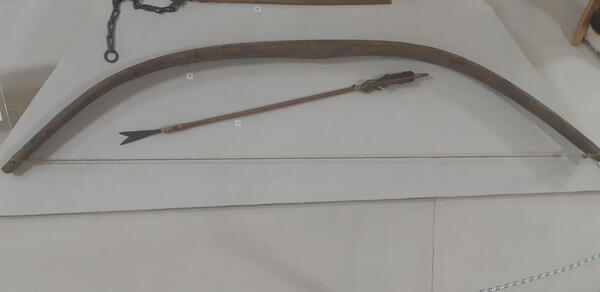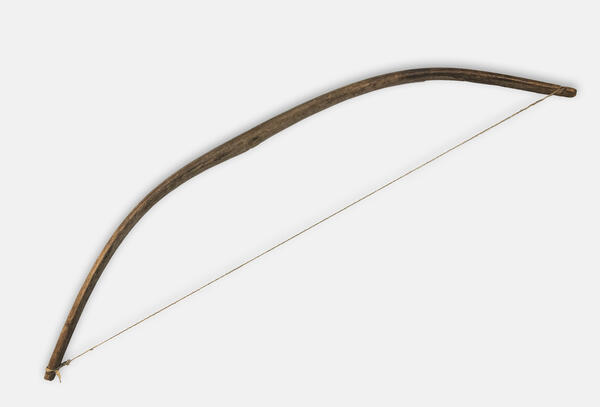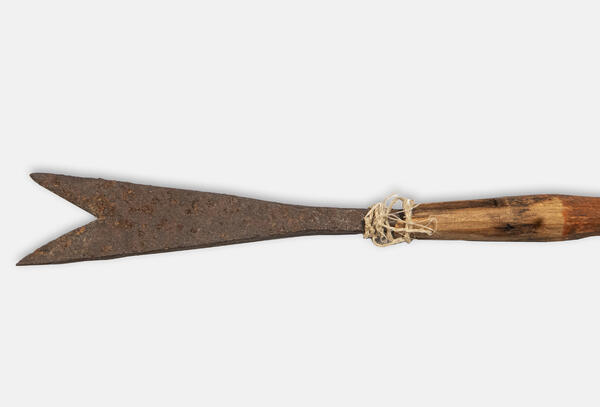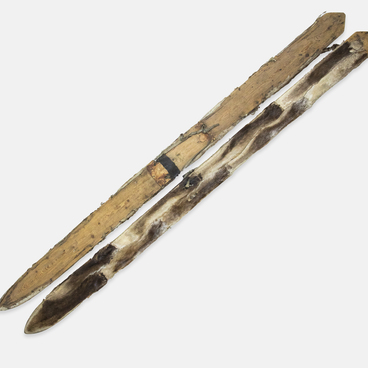Hunting plays a significant role in the trade and economic activities of reindeer herders. Before the Russians came to the tundra, the Nenets, like other northern peoples, crafted hunting and fishing tools using simple hand tools and natural materials. For many centuries, bow and arrows remained their primary weapons until rifles became accessible even in remote regions in the early 20th century.
In Nenets society, there were no professional craftsmen; instead, family members made all the necessary household objects and hunting gear on their own. A Nenets man would always wear a leather belt to carry his tools, flint, and tobacco. It was forbidden for women to handle both the belt and weapons.
In the Nenets language, a bow and an arrow are referred to as a “nyn” and a “mung” respectively. These weapons have been known since the Stone Age, with the oldest discovered arrowheads dating back over 60,000 years. Before the use of bows and arrows, early humans relied on throwing stones and darts for hunting.
In autumn, the Nenets would hunt using crossbows on the border between the forest and the tundra, along the migration routes of wild reindeer. Bows were also employed for hunting birds and small animals, particularly squirrels, whose fur held great value for Russian merchants and served as a form of currency for the people of the North. The Nenets also hunted foxes, red foxes, wolves, and wolverines for their fur.
The Nenets built their bows using two types of wood — spruce and birch. They selected dry and flexible wood exclusively from the southern side of the tree trunk. The base of the bow was layered with birch bark, while the ends were fastened with reindeer tendons. The bow was often reinforced with bone plates and moose tendons. A typical Nenets bow measured between one and a half and two meters in length.
The bowstring was made from twisted reindeer
tendons. Arrows were equipped with three or four fletches at the end. The arrow
heads varied in shape and were crafted from such materials as horn, bone, wood,
and iron. Arrows with split wooden or bone tips, known as “yohota, ” were
commonly used for bird hunting. Faceted-tipped arrows were used to hunt large
animals, and blunt-tipped arrows were used for squirrels and martens to prevent
damage to their valuable fur.





